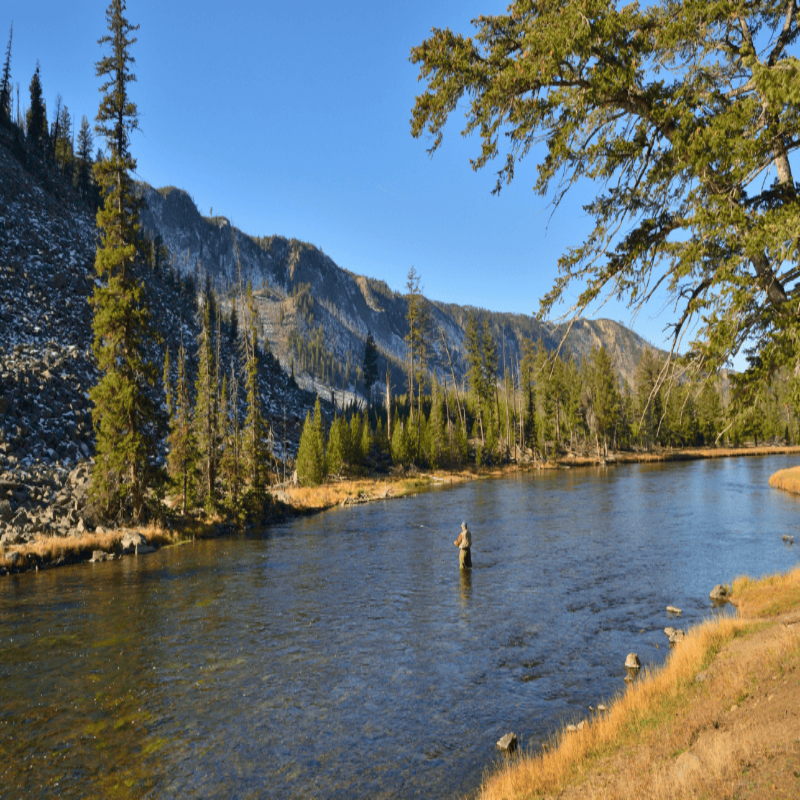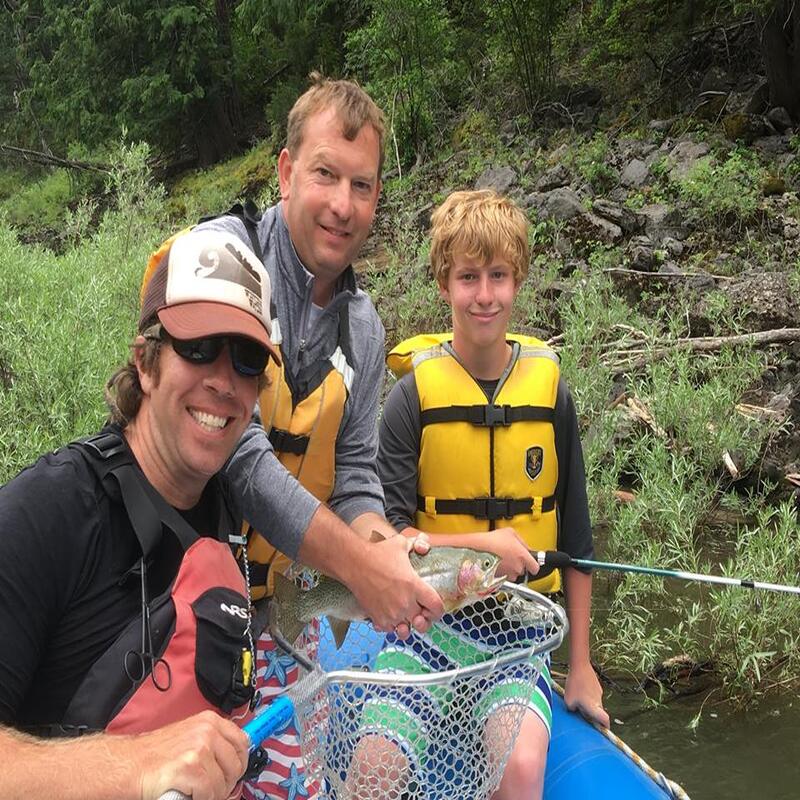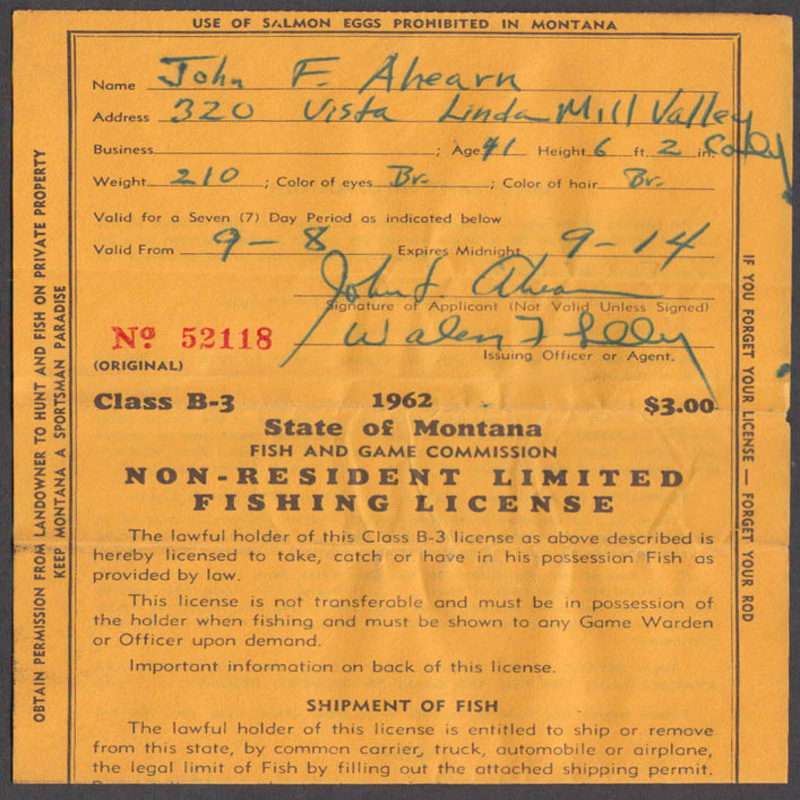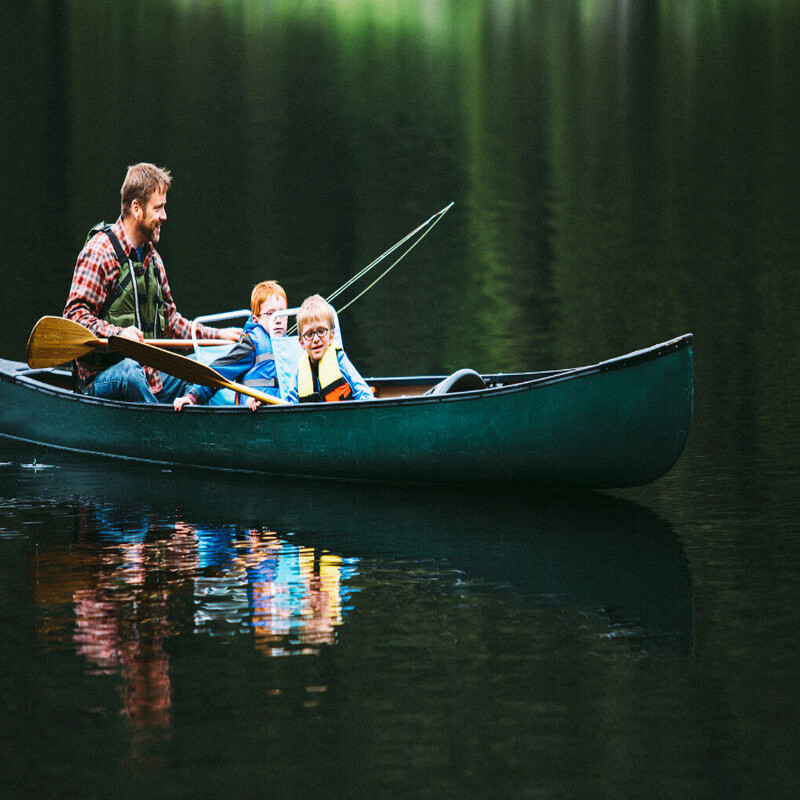Overview of Montana Fishing Licenses
Montana offers anglers some of the best trout fishing in the world. With this comes a need for proper regulation through the use of fishing licenses. In Montana, a fishing license is a must-have for anyone wanting to fish, whether they’re locals or visitors. Licenses help manage fish populations and ensure that Montana’s aquatic environments remain healthy and thriving for future generations.
A broad range of fishing licenses caters to different durations and needs. Whether you plan to fish for just a day or the entire season, there’s a license that fits. It’s important to choose the correct license type to comply with state regulations. You’ll also need to consider if additional permits or passes are required based on your specific fishing plans.
Knowing how much a fishing license in Montana costs can help you budget for your trip. Costs vary based on several factors such as residency status and the length of the license’s validity. Remember, purchasing a license contributes to conservation efforts and the protection of Montana’s renowned waterways. So, when you buy a license, you’re investing in the quality of your fishing experience and the conservation of natural resources.
In the next sections, we will break down the types of licenses available, their costs, purchase locations, and any extra costs or considerations, such as the conservation license and the invasive species pass. This will help ensure you’re well-prepared for your Montana fishing adventure.

Types of Montana Fishing Licenses
Montana offers various fishing licenses to cater to different angling needs. Understanding the types available is critical for legal fishing and planning your trip.
Resident vs. Non-Resident Licenses
When purchasing a fishing license, your residency status affects the cost and type of license you need. Resident licenses are typically cheaper and offer more long-term options, reflecting the state’s support for local anglers. Non-residents can expect to pay more to access Montana’s fish-rich waters.
Short-Term vs. Annual Licenses
Montana provides both short-term licenses for visitors and annual licenses for those who fish frequently. Short-term licenses are perfect for brief vacations or weekend getaways. If you plan to fish throughout the year, an annual license offers a cost-effective solution.
Special Permits and Passes
Some fishing areas in Montana require special permits or passes. Be sure to check if the water you wish to fish has specific regulations or additional requirements. This can include special stamps for fishing in certain conservation areas or supporting specific fish species recovery programs.
Pricing for Montana Fishing Licenses
When planning your fishing trip to Montana, understanding the pricing for various fishing licenses is key. Here’s a quick guide to help you with budgeting:
Resident vs. Non-Resident Pricing
- Resident Anglers: Montana residents enjoy lower fees, benefiting from their local status. Youth under 12 can fish for free.
- Non-Resident Anglers: Expect higher costs as a visitor. Different license durations offer budget flexibility.
Short-Term License Costs
- 2-Day Licenses: Ideal for a quick weekend trip.
- 10-Day Licenses: Suited for a longer vacation in Montana’s great outdoors.
Annual License Fees
- Full Season: A worthwhile investment for those who visit often or live in Montana.
Additional Permits and Passes
- Conservation License: Required for all anglers.
- Paddlefish Tag: For anglers targeting paddlefish during season.
Remember to factor in the cost of a conservation license and the invasive species pass with your purchase. The specific pricing varies annually, so it’s best to check the latest fees on the official Montana Fish, Wildlife & Parks website or local fly shops. When budgeting for your trip, include these costs to avoid any surprises and ensure full compliance with state fishing regulations.

Where to Purchase Montana Fishing Licenses
Securing a Montana fishing license is a simple process. Anglers have a variety of options for where to buy their license, ensuring convenience and flexibility.
Online Options
The easiest method to get your license is by going online. Visit the official Montana Fish, Wildlife & Parks website. Here, you can purchase and print your license from home. You’ll need a printer and a credit or debit card.
Local Fly Shops and Retailers
If you prefer, you can visit a local fly shop or retailer in Montana. These establishments offer licenses and can provide additional useful information about fishing hotspots. Many shops are found in popular fishing towns like Bozeman and Livingston.
Buying your fishing license is the first step in your fishing adventure. Choose the method that works best for you, and be sure to have it ready before you cast your first line. Remember, when you purchase a license, you contribute to the conservation of Montana’s fisheries.
Additional Costs and Considerations
When planning your fishing trip, it’s essential to account for a few additional expenses that come with your license purchase. Let’s take a look at these extra costs and why they are important.
Conservation License
Every angler in Montana, whether a resident or not, needs a conservation license. This license supports fish and wildlife management efforts in the state. It’s a small price to pay to help preserve Montana’s natural beauty and resources.
Invasive Species Pass
Alongside your fishing license, Montana requires an invasive species pass. This pass funds programs that combat non-native species. These invasive species can harm local ecosystems. The pass is crucial for keeping Montana’s waterways healthy for future fishing adventures.
Remember, these additional costs are for the good of Montana’s wilderness. They help maintain the quality of fishing experiences for years to come. Ensure you factor these expenses into your budget to avoid any last-minute surprises. With these considerations in mind, you can look forward to a successful and responsible fishing trip in Montana’s storied waters.
Understanding License Requirements and Regulations
Navigating the rules and regulations that govern fishing in Montana ensures a hassle-free experience. Every angler needs to be aware that holding the right documents is not just about obeying the law; it’s about protecting the natural resources that make Montana a prized fishing destination. Here’s a straightforward guide to help you understand the essential requirements.
Know Your License Details
Before you cast a line, make sure your license matches your fishing plans. Check your license duration, know which types of fish it covers, and read up on any area-specific regulations. This prevents unexpected fines and contributes to responsible fishing practices.
Follow the Seasonal Guidelines
Different fish species have specific seasons when you’re permitted to fish for them. Montana enforces these periods to aid in fish population management. Abide by these rules; they’re in place to sustain fishing opportunities for years ahead.
Respect Special Regulations
Certain waters in Montana come with unique rules, such as catch-and-release only areas or single-hook restrictions. Respecting these regulations ensures you’re doing your part in conservation efforts and maintaining the integrity of these habitats.
Adhere to Daily Limits and Size Restrictions
Montana imposes limits on the number of fish you can keep per day and size restrictions for some species. These measures manage fishing pressure and help maintain a balanced ecosystem. Always check the most current regulations, as these can change.
By understanding and observing these simple requirements and regulations, your fishing expedition in Montana can be both successful and eco-friendly. Remember, the rules are there to safeguard the incredible fishing experiences that draw thousands of anglers to Montana every year.

Planning Your Montana Fishing Trip
Organizing a successful fishing excursion in Montana involves more than securing a license. To fully enjoy Montana’s world-class fishing, you need to plan meticulously. Here’s how you can make the most of your time fishing in the legendary waters of Montana.
Best Times to Fish in Montana
When you fish in Montana largely depends on what you want from your trip. For dry fly enthusiasts, the prime time is usually from June to September. The runoff subsides and aquatic hatches are in full swing, offering thrilling top-water action. By contrast, if solitude is your goal, aim for the shoulder seasons — April to early May or October to November. Although conditions are cooler, you’ll find fewer anglers and hungry trout.
Remember, Montana’s weather can be unpredictable. Always check local forecasts and water conditions. Nothing spoils a fishing outing like an unexpected turn in the weather.
Necessary Equipment and Packing Lists
Equipping yourself properly is vital to your fishing experience. Whether it’s rods you’re comfortable with, an array of flies, or sturdy waders, having the right gear makes a difference.
Most outfitters provide the essentials, but bringing personal equipment is advisable. Don’t forget polarized sunglasses and a hat for glare reduction and sun protection. Also, layer your clothing to adapt to changing temperatures throughout the day.
Make a checklist of essentials before your trip. This should include gear, clothing, personal items, and necessary documentation like your fishing license and any permits.
By planning ahead, considering the seasons, and equipping yourself with the proper gear, you will be well on your way to a memorable Montana fishing trip.
